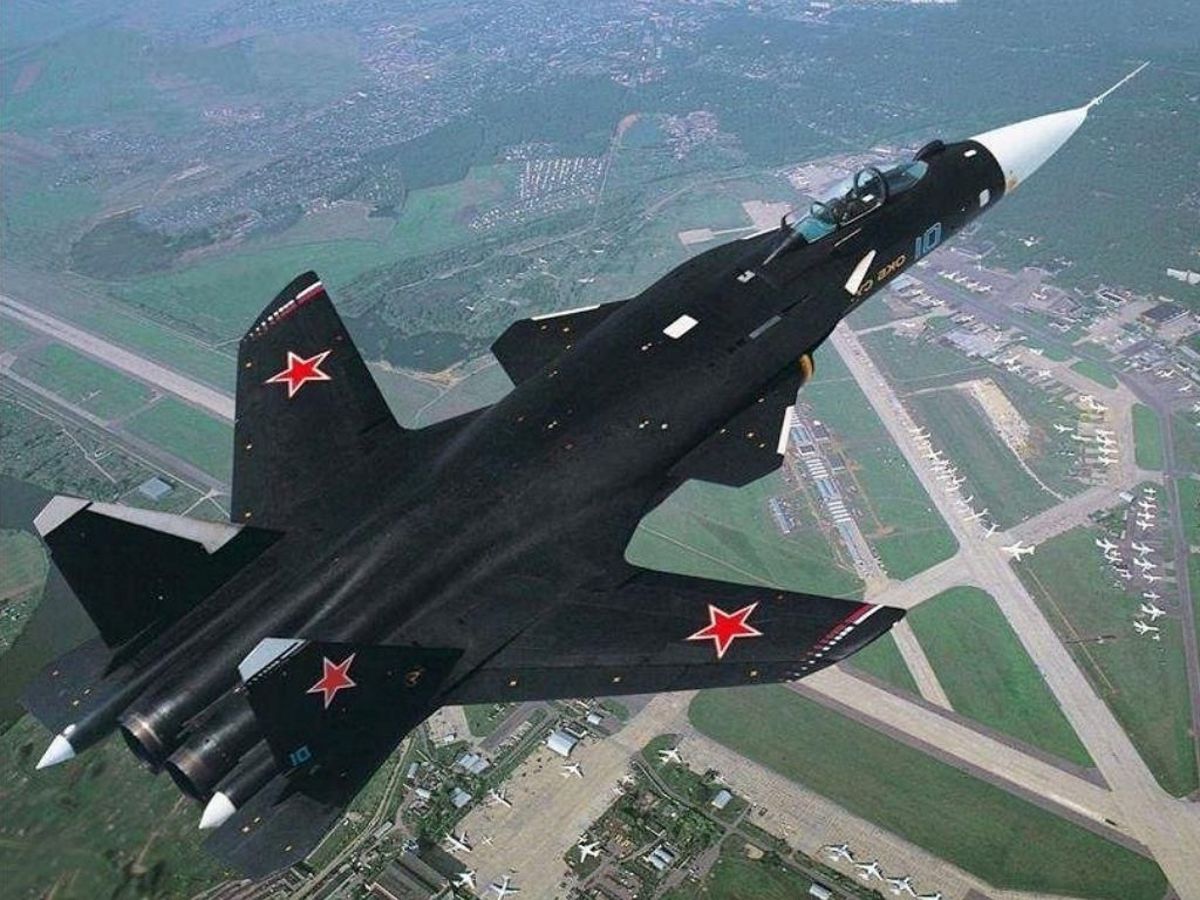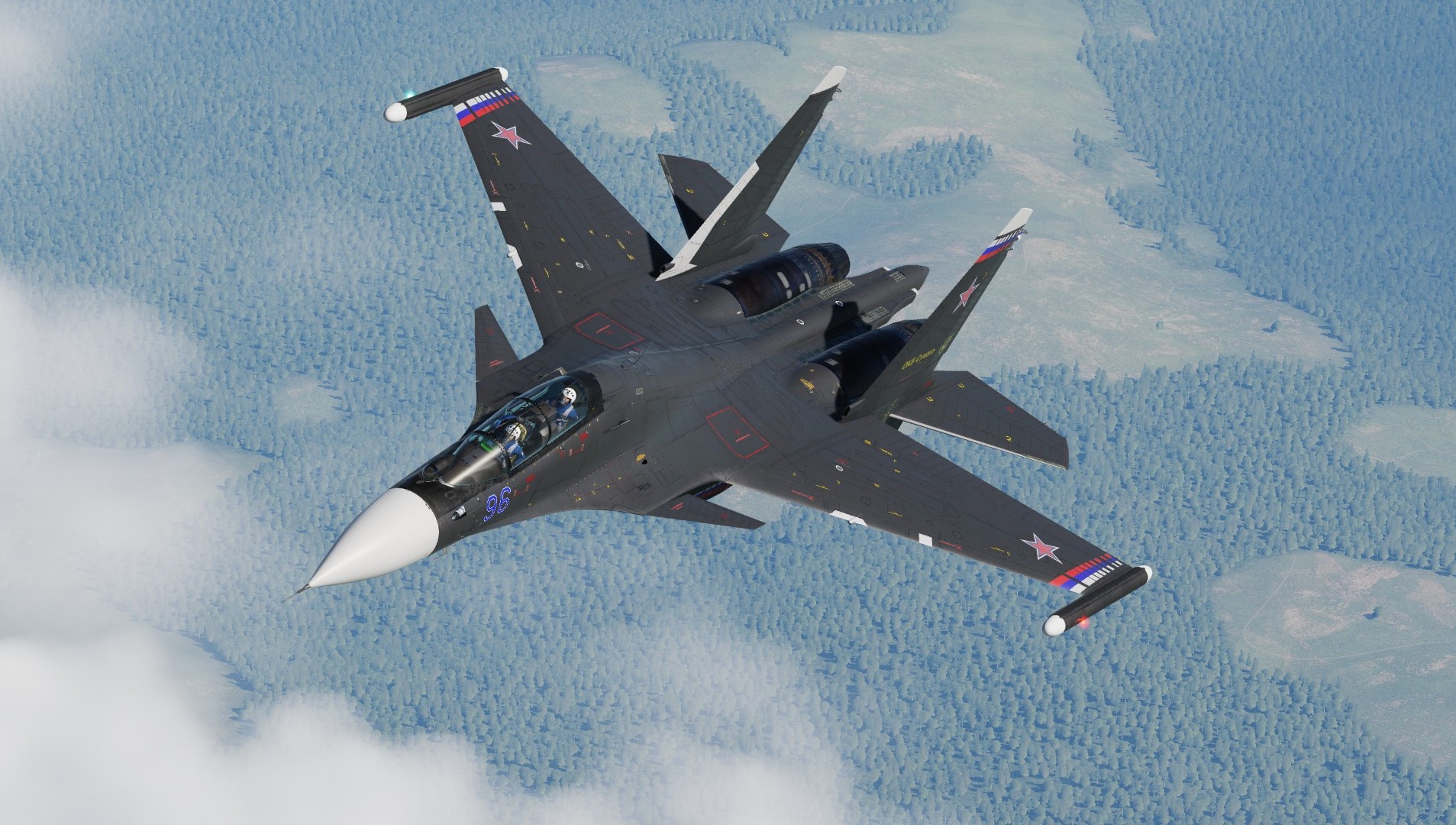Sukhoi Su-47 Berkut: Russia’s Remarkable Experimental Fighter
The Sukhoi Su-47 Berkut, often referred to as the “Golden Eagle,” is a striking and unique experimental fighter aircraft developed by Russia’s Sukhoi Design Bureau. Although it did not enter mass production or service, the Su-47 remains a fascinating example of innovation in aerospace technology. In this article, we will delve into the history, design, and features of the Sukhoi Su-47 Berkut.
The Sukhoi Su-47 Berkut, designed by Sukhoi’s Chief Designer Mikhail Simonov, was conceived as a technology demonstrator and experimental aircraft to explore advanced aerodynamic concepts and technologies. Development began in the early 1990s, and the first flight took place in 1997. The project aimed to push the boundaries of maneuverability, speed, and stealth while exploring forward-swept wings, also known as variable-sweep wings.
One of the most distinctive features of the Su-47 is its forward-swept wings. Unlike traditional swept-back wings seen on most fighter aircraft, these forward-swept wings offer better control and maneuverability. The design also reduces the aircraft’s susceptibility to stall at high angles of attack.
The Su-47 features canards, small wings positioned forward of the main wings. Canards contribute to the aircraft’s agility and control, allowing it to maintain stability at high angles of attack and during extreme maneuvers.
The Su-47 incorporates stealth features to reduce its radar cross-section, making it more difficult for enemy radar systems to detect. These features include a special radar-absorbing coating and internal weapons bays.
The Su-47 Berkut is powered by a single Saturn AL-31F engine, providing impressive thrust and acceleration.
It has a top speed of approximately Mach 2 (1,491 mph or 2,400 km/h) and a service ceiling of 19,685 meters (64,900 feet).
The aircraft is equipped with advanced avionics and fly-by-wire controls, offering exceptional agility and handling.
The Su-47 was intended to carry a variety of air-to-air and air-to-ground weapons in its internal bays, contributing to its stealthy profile.
Despite its innovative design and capabilities, the Su-47 Berkut did not progress beyond the experimental stage. It served as a testbed for exploring advanced aerodynamics, and some of its technologies have been incorporated into subsequent Russian fighter aircraft, like the Su-57.
The Su-47’s legacy lies in its contribution to the development of next-generation fighter aircraft and the lessons learned during its testing and evaluation.
The Sukhoi Su-47 Berkut remains a symbol of Russian innovation in the field of aerospace technology. Although it never entered mass production or operational service, it pushed the boundaries of aircraft design, exploring forward-swept wings, canards, and stealth features. The Su-47’s unique design and capabilities continue to influence the development of modern fighter aircraft, making it an enduring part of aviation history.
Hits: 6










